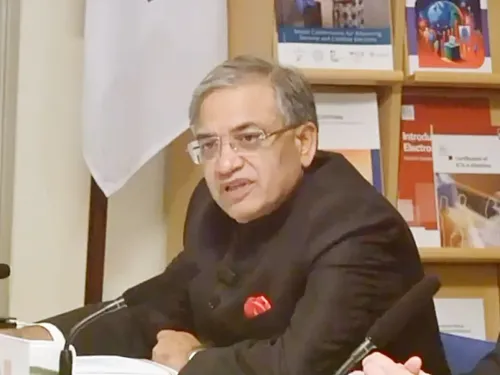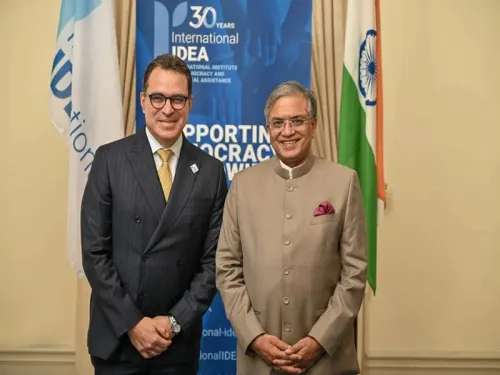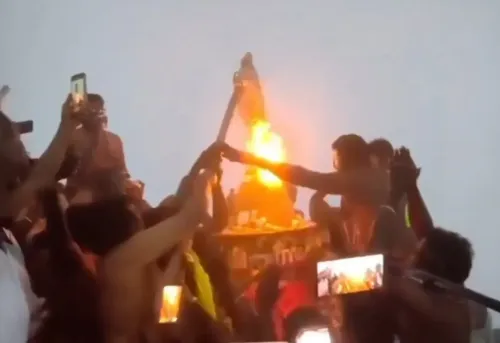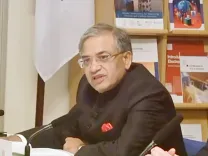How Are Smaller Cities Driving the Online Diwali Shopping Surge?

Synopsis
Key Takeaways
- 75% of e-commerce volumes are from smaller cities.
- 50.7% of orders come from tier 3 towns.
- Average delivery time is 2.83 days.
- Cash on delivery is favored in tier 3 cities.
- Average order value increased by 32.5%.
New Delhi, Oct 19 (NationPress) This year's online Diwali shopping surge has been significantly fueled by smaller non-metro cities, which account for nearly 75 percent of total e-commerce activity, as per data gathered by an intelligence platform.
The purchasing capacity of these smaller cities is further illustrated by the fact that tier 3 towns contributed over 50 percent to the increase in consumer spending. Analysis of over 4.25 crore shipments by ClickPost indicates that these smaller cities are now the fastest-growing segments in festive e-commerce.
"The scale of non-metro India is incredible. Tier 3 cities alone represented 50.7 percent of all orders in 2025. When combined with Tier 2 cities at 24.8 percent, Bharat accounts for almost three-quarters (74.7 percent) of total order volume, solidifying its status as the clear leader in e-commerce expansion," stated ClickPost.
Festive demand received an additional boost from Durga Puja, which witnessed a 14.3 percent rise in fashion orders during the pre-Puja week, and Karwa Chauth, when cosmetic purchases nearly doubled fashion sales.
Despite the complex logistics and increased volume, India's logistics systems maintained a consistent average delivery time of 2.83 days for festive shipments. The percentage of same-day hyperlocal deliveries surged 42 percent year-on-year, reaching 8.7 percent of all orders.
In Tier 3 cities, cash on delivery remained the favored payment method, making up 52 percent of orders, while prepaid digital transactions dominated higher-value purchases nationwide.
The average order value rose by 32.5 percent year-over-year, increasing from Rs 3,281 in 2024 to Rs 4,346 in 2025.
"We are entering a new phase of Indian retail; one where Tier 3 towns surpass metros in orders, where COD remains essential in the heartland, yet prepaid methods dominate the premium sector; where home improvements, rather than just clothing, drive festive spending. This signifies the necessity for investments in speed, fulfillment, inventory intelligence, and localized offers. Forward-thinking companies are already strategizing for next year: same-day delivery in hundreds of towns, customized assortments, and delivery models suited for both 1 lakh orders and instant gratification," said ClickPost co-founder and CEO Naman Vijay.
ClickPost manages over 50 million monthly shipments for more than 450 brands including Nykaa, Puma, Caratlane, and Walmart across India, Southeast Asia, the Middle East and North Africa, and the United States.










